Hi everyone
I'm new to the forum and I wanted to share some picture of my Drywood Termites colony. Its had about 50 members in the colony and is about 5 years old, it took about 3 years to get the colony established.
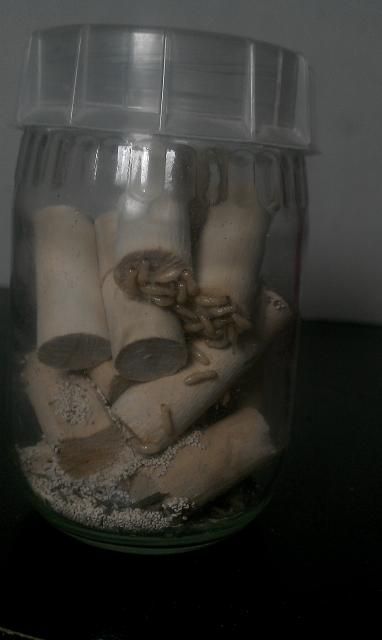
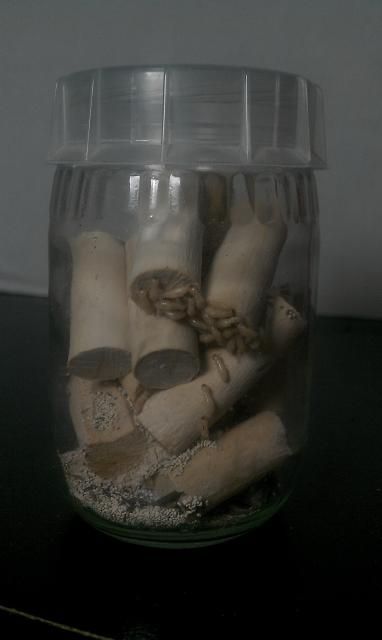
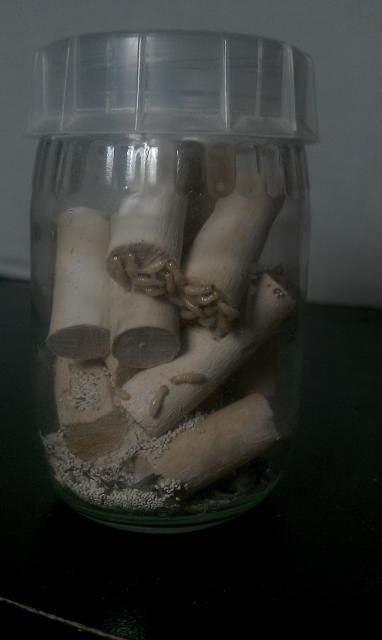
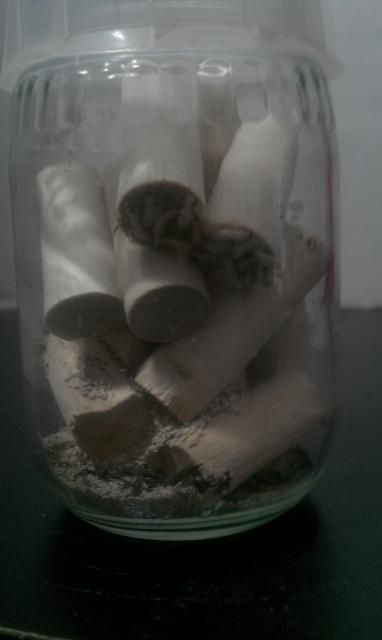

Hi everyone
I'm new to the forum and I wanted to share some picture of my Drywood Termites colony. Its had about 50 members in the colony and is about 5 years old, it took about 3 years to get the colony established.




They are so squishy looking. Haha xD
Only 50 workers in 5 years? I thought termite colonies grew really fast?
Here's my leopard gecko/ant youtube: https://goo.gl/cRAFbK
My ant website.
It contains a lot of information about ants, guides, videos, links, and more!
If you have any feedback, please post here or PM me, don't be shy!
I currently keep:
Formica podzolica
Only 50 workers in 5 years? I thought termite colonies grew really fast?
Well it depends of which termite species you have, since drywood termite are from an arid to dry environment and also depends on factors such as location, food availability and environmental conditions, entire colony may take five years or more to mature. Eventually the colony stabilizes and reaches maximum egg production. At that point the colony will contain between 2000 - 3000 individuals with eggs, immatures, soldiers and workers. I remember reading that individuals member have a life of 4 to 5 years and I think this has to do If the queen dies, worker will start to develop functional reproductive organs to take her place and take over her duties. But most drywood termite colonies remain small, but colonies with multiple queens and king contain up to 10,000 to 20,000 individuals.
Also read termite queen can live up to 40 years olds
Edited by Pepsi408, June 4 2014 - 11:19 AM.
Nice! Did you start this colony from a pair of primary reproductives?
Holy, talk about taking a long time.
I'm also interested to know if you started from reproductives.
Nice! Did you start this colony from a pair of primary reproductives?
my colony has a king and queen.
Holy, talk about taking a long time.
I'm also interested to know if you started from reproductives.
I have had colonies of subterranean termites without queens and the worker acting in the role of secondary reproductives. But I lost that colony to a attack of Argentine ant. Problem with subterranean termites is that they need a wet and cool environment to live which also Argentine ant love. Plus it doesn't help if you have a Argentine ant mega-colony in the area and they already wipe out most native ant in the area.
Also unlike ant colony which only a content a female caste, termite colony content both male and female. So male and female termites are in both the worker and soldier castes.
Edited by Pepsi408, June 4 2014 - 1:22 PM.
Also picture of a termite soldier in the colony there about 7 soldier currently in the colony
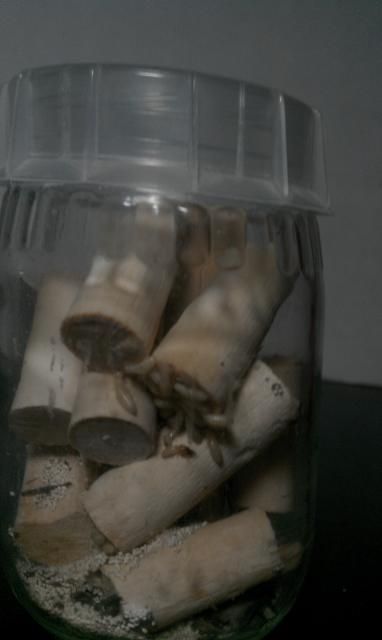
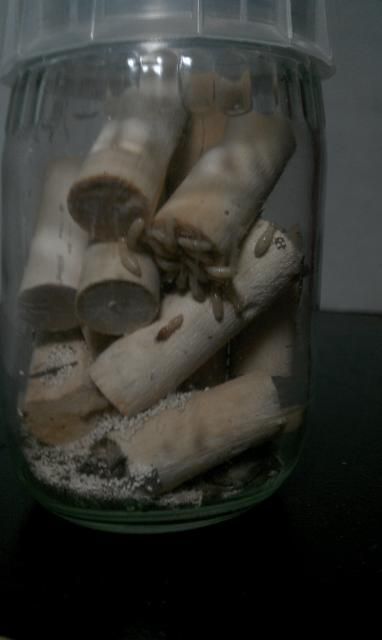
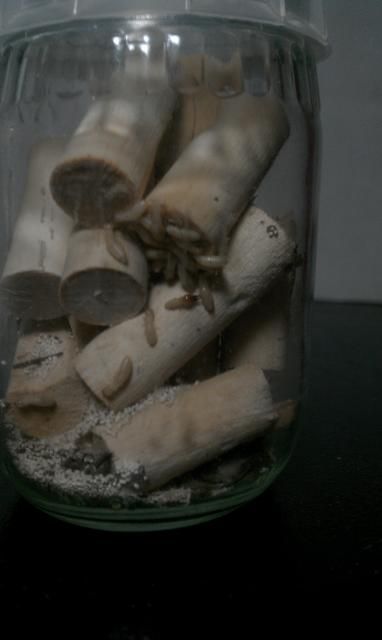
Edited by Pepsi408, June 4 2014 - 1:18 PM.
How much frass is in the bottom?
Nice photos keep em coming! ![]()
How much frass is in the bottom?
Nice photos keep em coming!
about almost half a inch of frass. I'll clean it out once the colony move into there new dowel home and when activities has died down
Edited by Pepsi408, June 4 2014 - 2:26 PM.
picture of abandoned dowel home. Here is some info on how it works, for my starter colony I place them in a baby food jar and put dowels that are cut 1 to 2 inches long. After I see that the colony is growing I then place 3 or 4 inches dowels. Once colony is at 100 members I start placing 1 inch wide that are 4 inch long dowel, then move them into a mason jar. The colony just move from dowel to dowel once all the edible wood in each dowel is gone. Its easy to maintain and clean.
Also I don't use construction lumber as they can be sometimes have had pressure treated with borates that kill termite if they eat the wood.
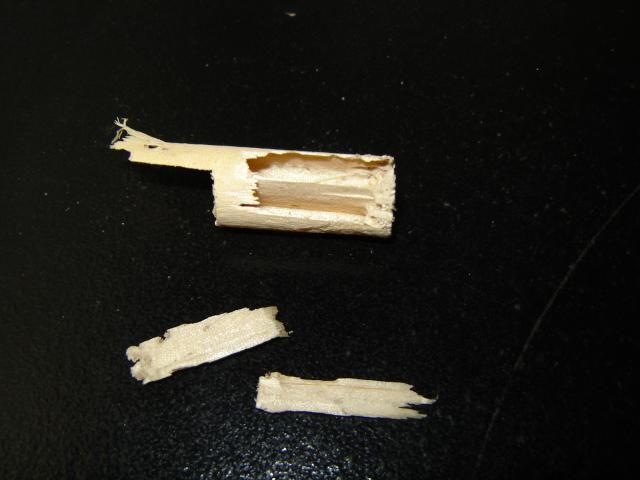
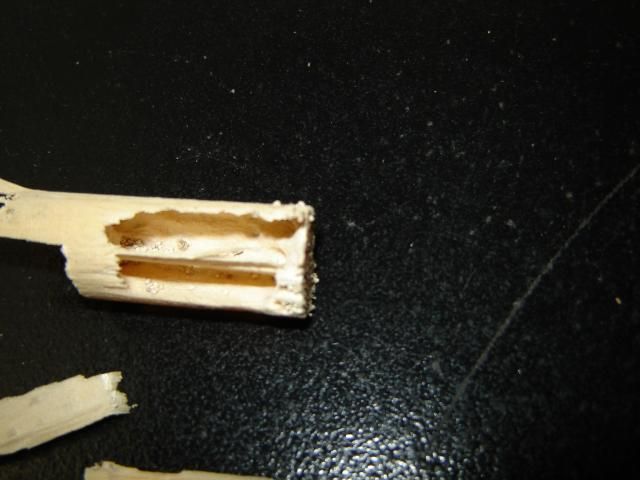
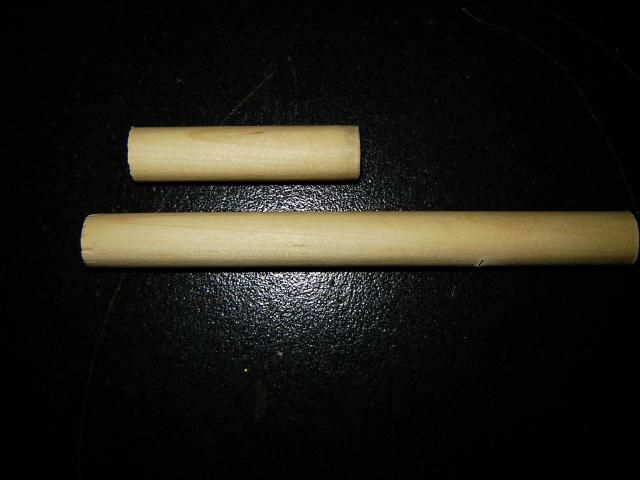
Edited by Pepsi408, June 4 2014 - 3:17 PM.
0 members, 1 guests, 0 anonymous users